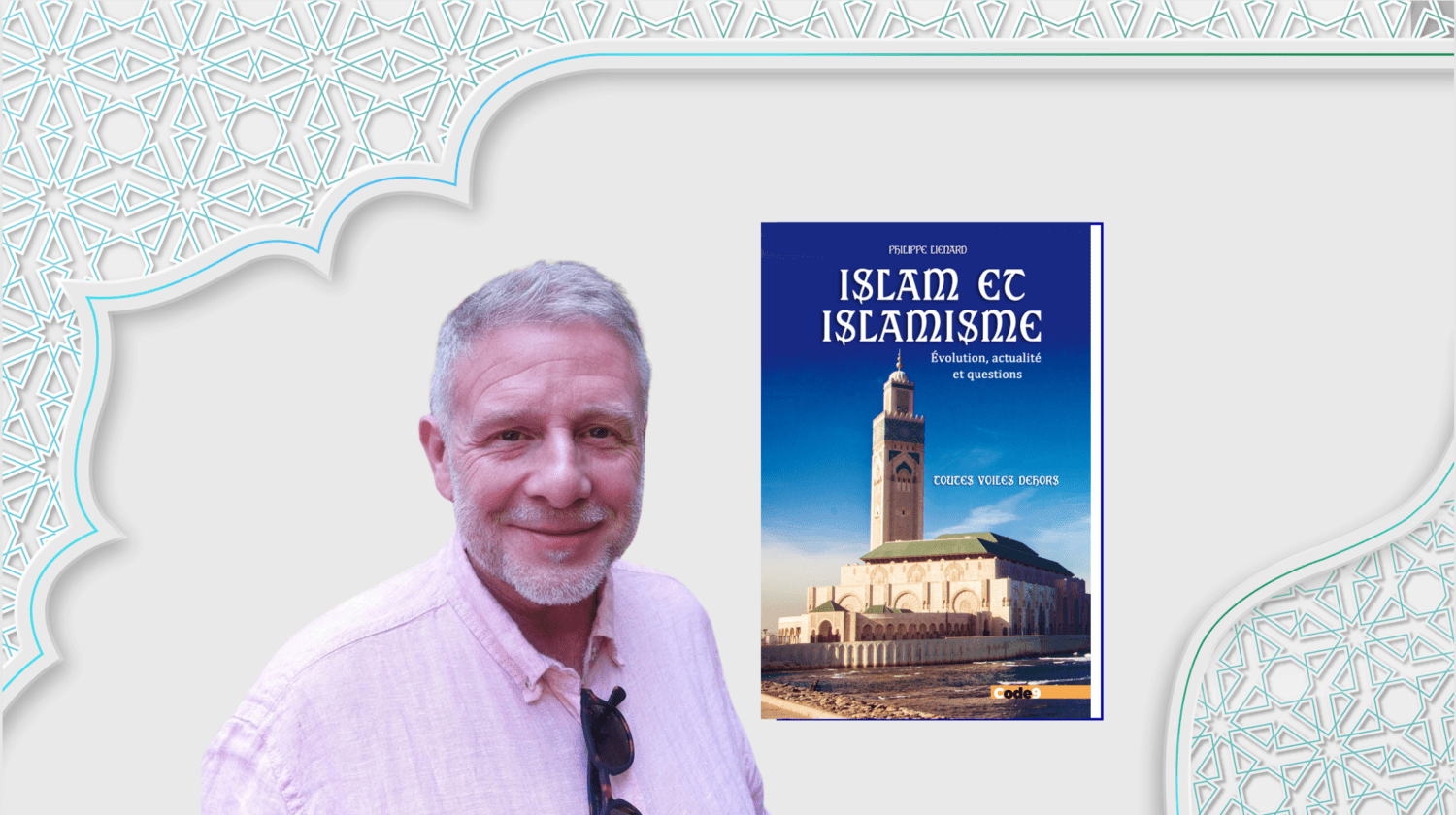It opened for signatures in 1996 and has been ratified by 178 countries. Some major powers including the US and China have not done so, and it has yet to come into force, lacking the required support.
According to the Kremlin, say media reports, the move levels the nuclear playing field given the failure of some key nuclear armed States to ratify.
Executive Secretary of the Comprehensive Nuclear Test Ban Treaty Organization (CTBTO) Robert Floyd, said in a statement that the Russian Duma’s decision “goes against renewed global determination to see it enter into force.”
He said, the Test Ban Treaty contributes to global peace and security and is delivering tangible benefits to humanity.
He added that Russia beginning the revocation process “does not mean it is withdrawing from the CTBT and that it remains committed to the Treaty”, including having monitoring stations on its territory and data sharing.
Russia has indicated it will remain a member of the CTBTO Preparatory Commission, he added.
“The global community will not change course”, he said, with the goal of a world without nuclear testing “more important now than ever.”
Climate crisis ‘a health crisis’ increasingly deadly for the most vulnerable
Extreme heat ranks as the deadliest of all severe weather hazards, and heat-related mortality could increase 30-fold – a worrying trend in our fast-warming world.
That’s according to findings from a new multi-agency report led by the UN World Meteorological Organization (WMO) which show that from 2000 to 2019 some 489,000 people died every year due to heat, close to half of them in Asia – and the impacts are still largely underestimated.
“The climate crisis is a health crisis,” said Tedros Adhanom Ghebreyesus, head of the UN health agency (WHO) which is a key contributor to the report.
He highlighted a wide range of health risks stemming from increasingly severe and unpredictable weather events, accelerated disease transmission, threats to food security and higher rates of noncommunicable diseases.
End school violence ‘for better health and learning’, urges UNESCO
Marking the International Day against violence and bullying at school – including online – the UN culture and education agency (UNESCO) is calling on everyone with a stake to foster safer learning environments worldwide.
The UNESCO Day recognizes that classroom-related violence in all its forms is an infringement of child and adolescents’ rights to education, health and well-being.
On the theme No place for fear: Ending school violence for better mental health and learning, the agency is calling on all Member States and relevant bodies to boost awareness of the issue, which includes the increasing scourge of cyberbullying.
“The day calls on learners, parents, members of education communities” and others – including the tech industry – to take a part in preventing all forms of violence and fostering safe learning for all.
UNESCO said concern about learners’ mental health and well-being continues to grow, especially following the COVID-19 pandemic.
“The strong links between mental health and violence in school are worrying: experiences such as violence, bullying and discrimination at school can contribute to poor mental health and affect learning, while feelings of safety are linked to better mental health and education outcomes.”
The agency stressed we must end violence and promote good mental health in schools to ensure learners learn and thrive in safe and supportive spaces.
The UN is calling on stakeholders “to make our schools and educational institutions more safe and vibrant for all learners.”













